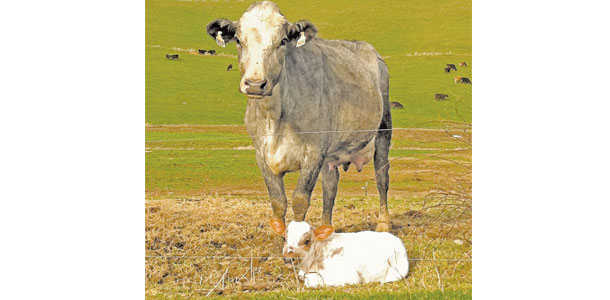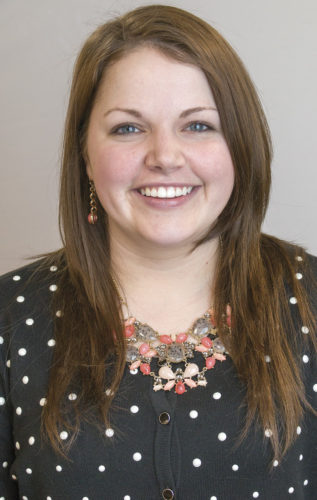In the July 19 issue of Progressive Dairyman, my colleague Peggy Coffeen confessed to us readers that she has felt like kind of an outsider. She’s writing for a commercial dairy magazine, but she not-so-secretly (at least anymore) loves flashy show cows.
Peggy’s piece resonated with a lot of my college friends. For some, their only connection to the dairy industry at first was showing cows through 4-H. That experience carried with them, and now they’re young leaders in the dairy industry, slowly stockpiling funds and making plans to have their own show herd someday.
While I too discovered a love for dairy because of 4-H, I’m here to admit that I’m on the other end of the spectrum. My parents’ grazing herd is about as far from a World Dairy Expo show ring as you can get. And we wouldn’t have it any other way, either.
Peggy’s “confession” hit home for me because I often feel like I’m in her shoes – just with a different fear. When I’m covering an event and meeting new people, I usually first explain my job and what I do for the magazine. The next series of questions usually begins with, “So, do you come from a dairy farm?”
It always makes me a little nervous.
“Yes, my parents have a grazing dairy farm.” I wait a beat after I say this and try to gauge their reaction.

From there, the conversation can go several ways. Most people I come across have some knowledge of grazing operations and immediately launch into several follow-up questions to learn more.
Others, though, direct the conversation back to my job or talk about their own dairy experience – be it in the purebred world or commercial one. And that’s fine. I much prefer listening anyway. They don’t always have a problem with grazing dairy producers. They’d just prefer to talk about what they’re more familiar with.
But it is worth reflecting that even after several years now of our industry being told to “ag-vocate” – to share our story and be open about our experiences – we’re still a bit hesitant to do just that, even in our sector of dairy. Sure, the overwhelming majority of these conversations go well. But being the outsider, or at least feeling like one, can be intimidating; I know.
I have found that it works best to draw parallels to what we may do differently or the same on our grazing operation to what the other person does on their dairy. This is similar advice to what I’ve heard through multiple media trainings and articles about connecting with consumers. It all starts with being willing to listen and having mutual respect.
I had emailed Peggy to tell her how much my friends and I enjoyed her editorial. Then I attached a photo of my favorite “ugly” cow in my family’s herd. No. 909 is a 5-year-old speckled gray-and-white colored Lineback crossbred.
Like most of our cows, she’s a short, deep-bodied cow well-suited for grazing. She’d never win a blue ribbon at a show and certainly wouldn’t have much of a use in a large commercial operation, but she milks well and has never tried to kick me when I’m the relief milker.
Peggy replied to thank me for the comments on her piece. “P.S.,” she wrote, “I actually think your grazing cow is quite pretty!”
Peggy and I may come from opposite ends of the spectrum, but our respect for each other and the fact that we’re both just glad to be part of the dairy industry allows us to come to a mutual understanding that there can be many different definitions of a “good” cow. PD
Photo by Emily Caldwell .

-
Emily Caldwell
- East Coast Editor
- Progressive Dairyman
- Email Caldwell




